Conflict between theory and observational evidence suggests a missing ingredient in our understanding of the early Universe.
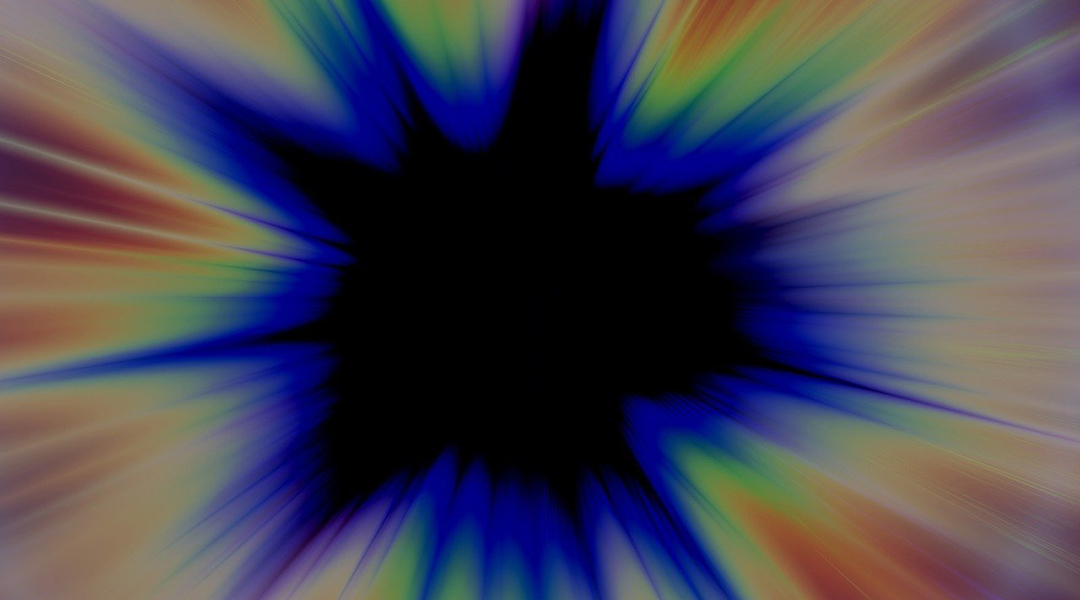

Conflict between theory and observational evidence suggests a missing ingredient in our understanding of the early Universe.
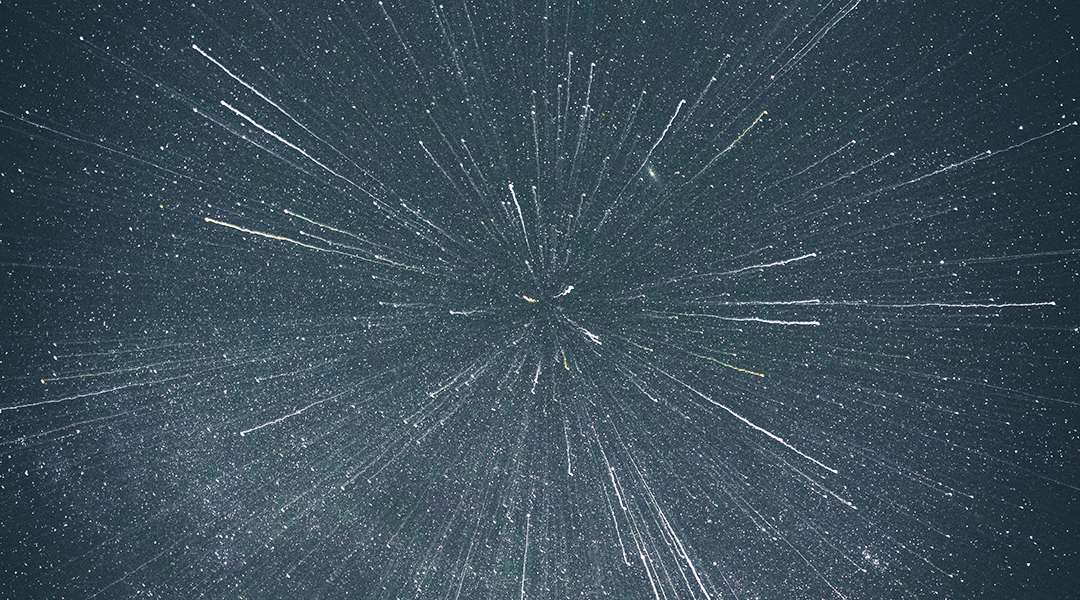
Using the motion of sound waves through a superfluid liquid, scientists can model the Universe’s evolution on a reasonable time scale.
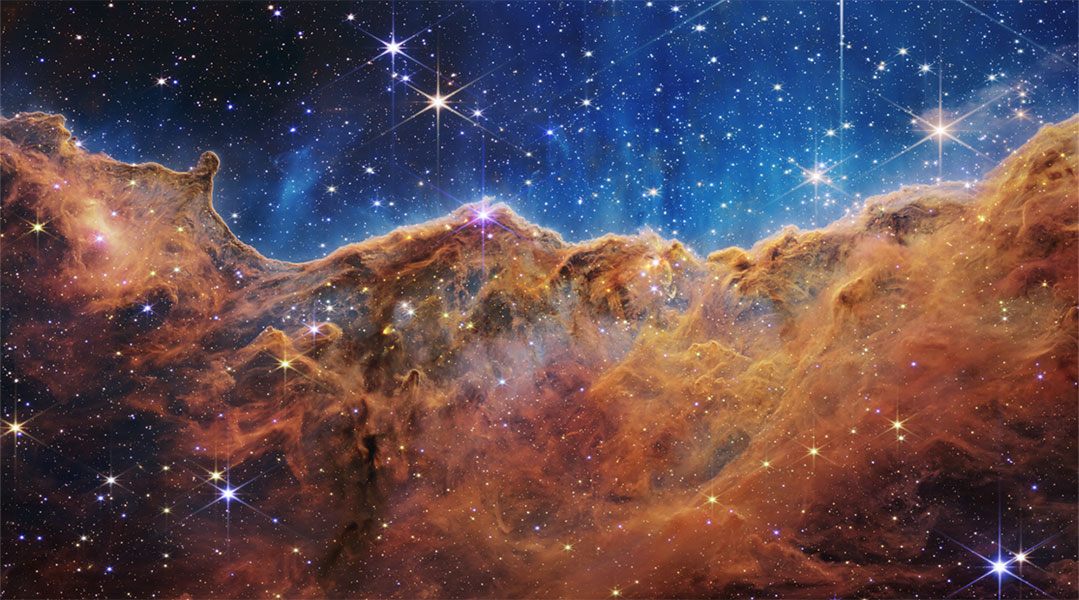
Astronomers are discovering that the rate of star formation in the universe is dropping, and they want to know why.
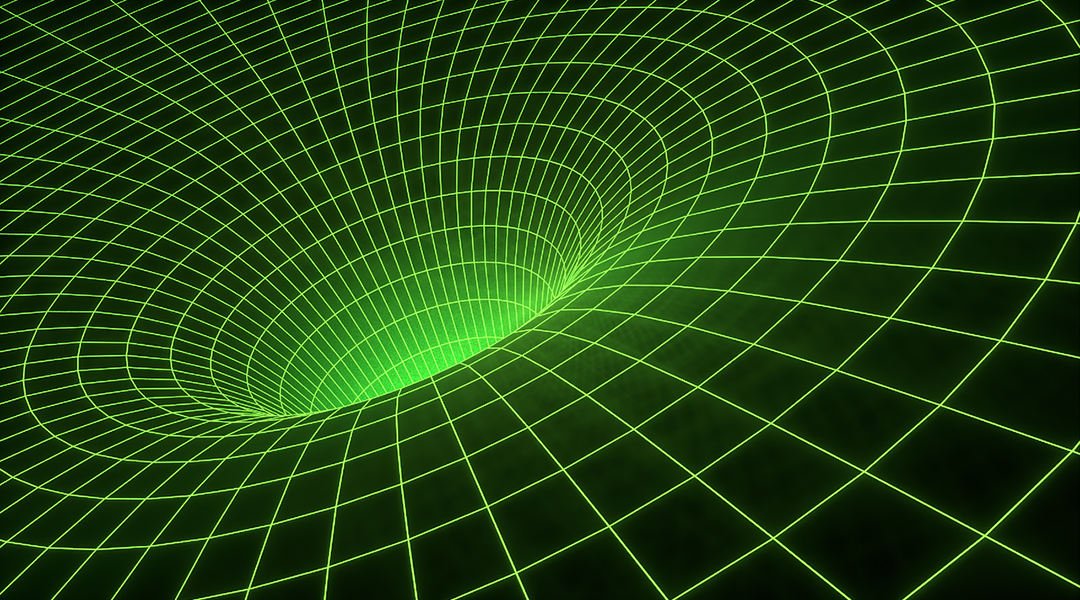
To address unknown quantum gravitational effects in the early universe, physicists have recruited string theory to help solve the problem.
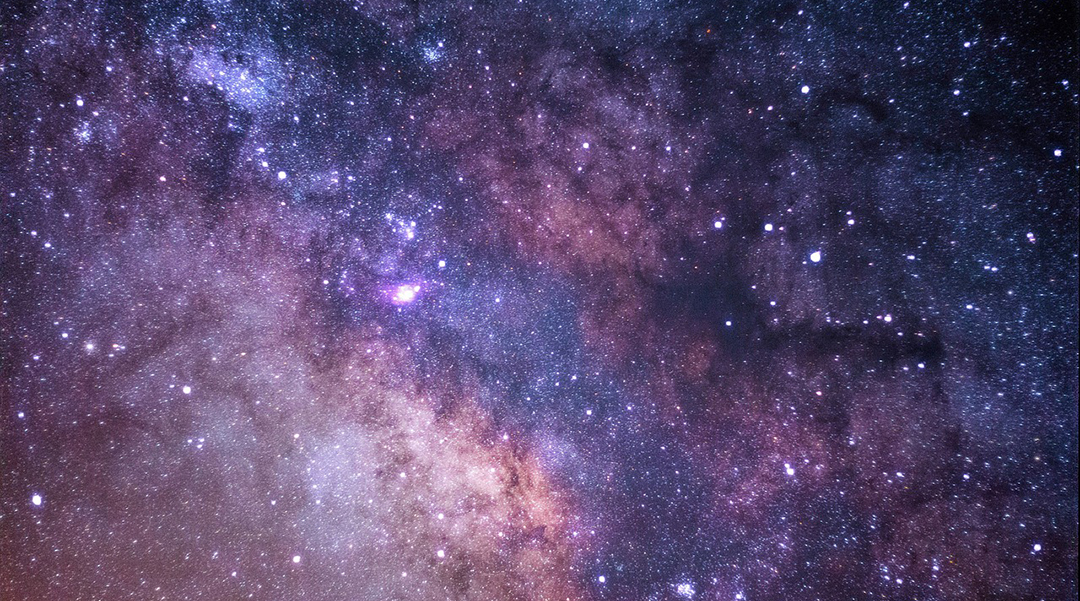
Hubble’s deep near-infrared campaign reveals more supermassive black holes in the early universe than previously expected.

Scientists theorize that cosmic strings interacting with dense matter in the early universe provided the seeds for galaxies and black holes.
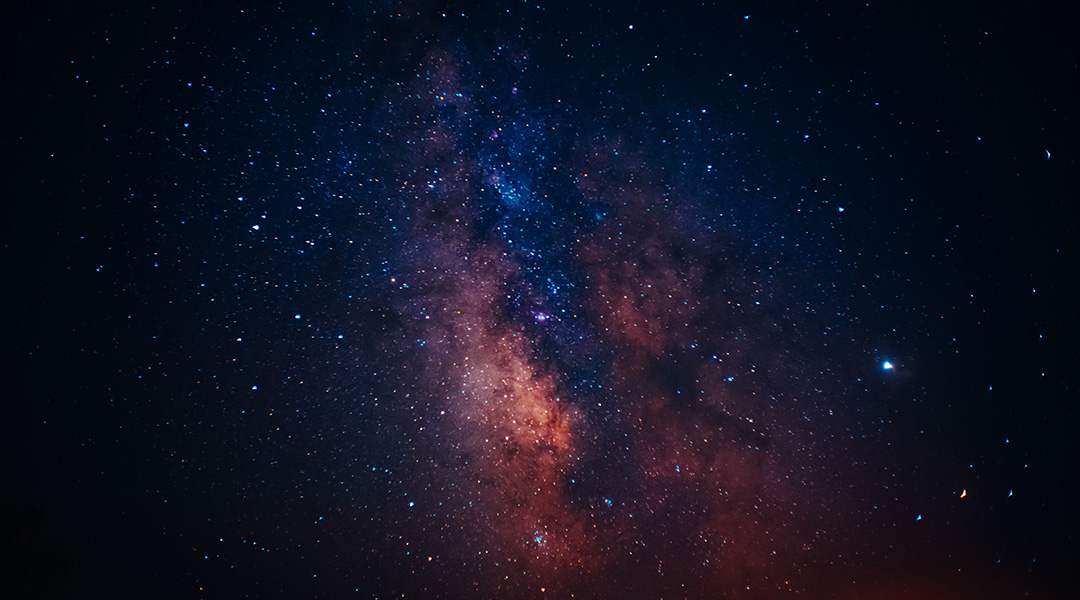
The twenty gravitationally connected galaxies extend through the early Universe for millions of light years.
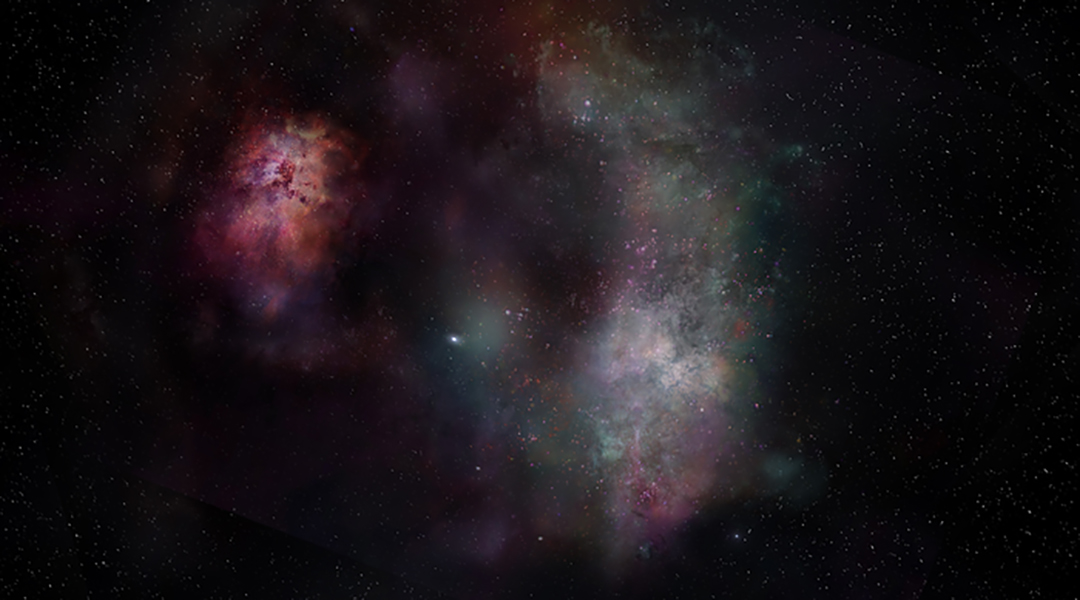
Water and carbon detected in a galaxy 13 billion light-years away provide a glimpse into how these elements impacted the development of the early universe.
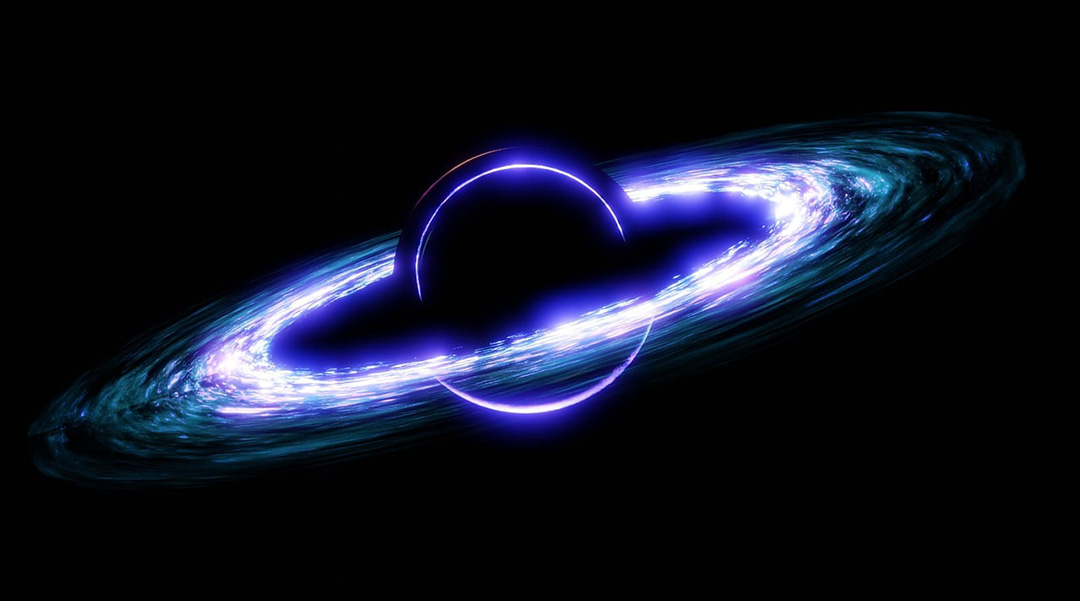
Astronomers have discovered that black holes trigger the formation of galactic winds that greatly influence star formation.
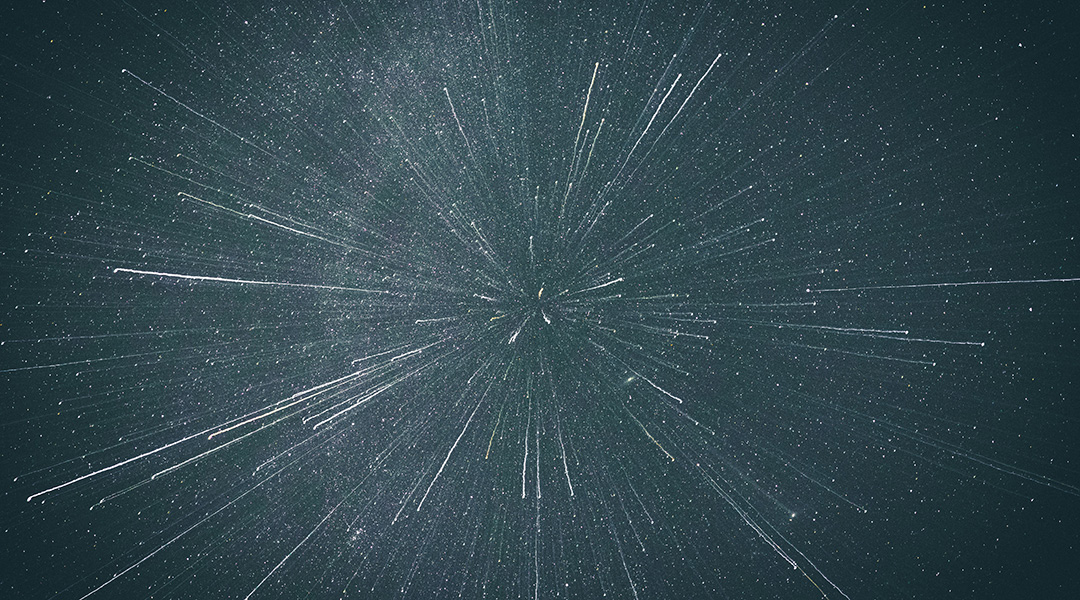
By adding primordial magnetic fields to the Standard Model, researchers may solve the mystery of the Universe’s expansion.